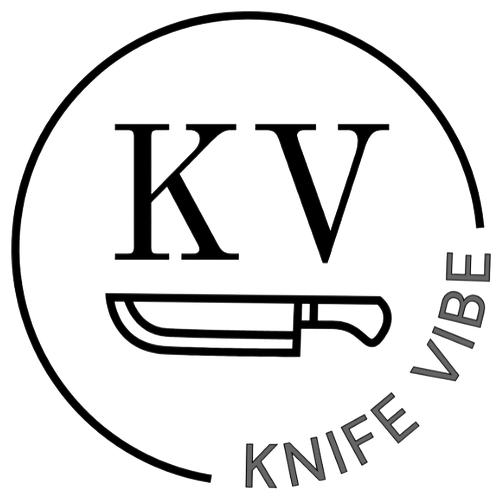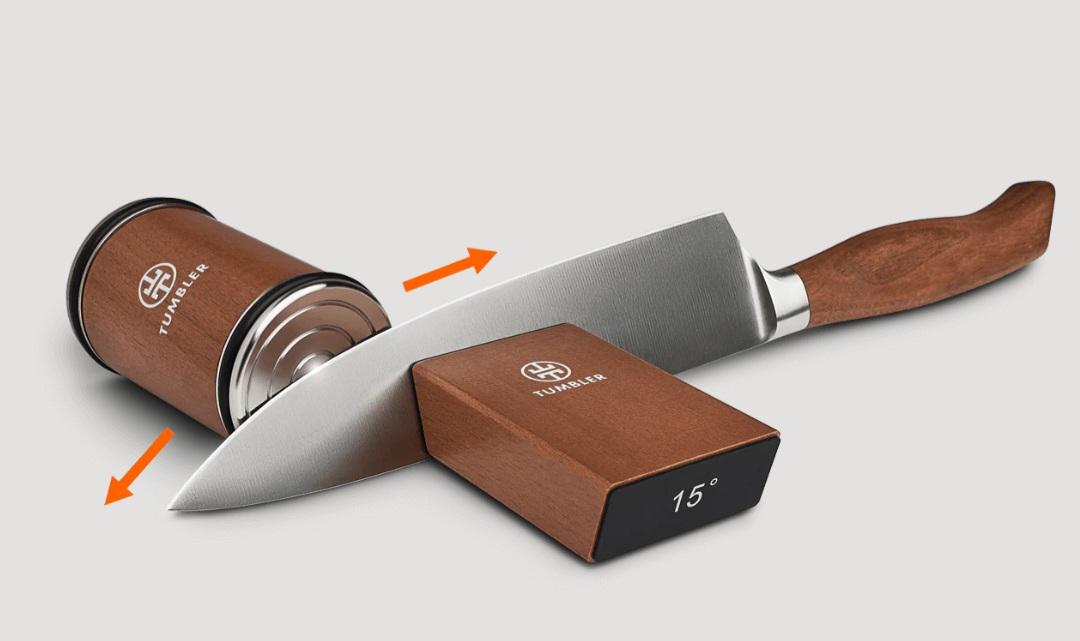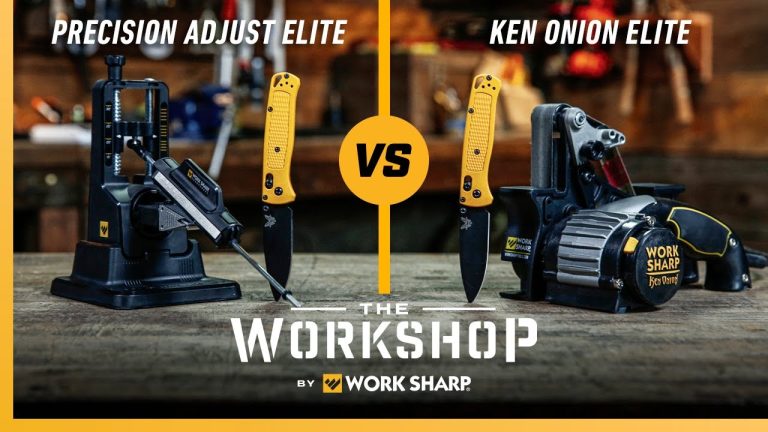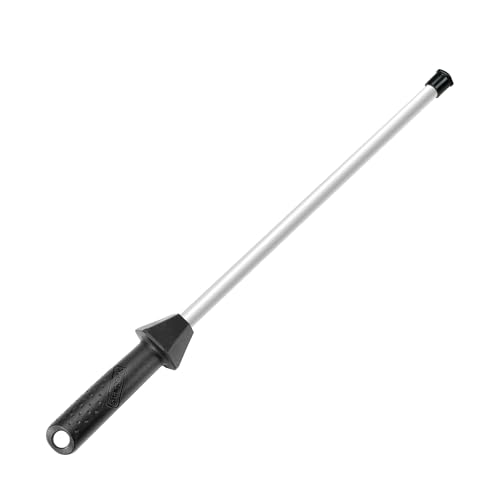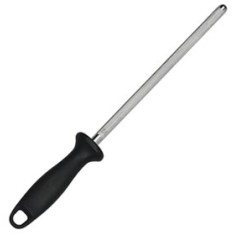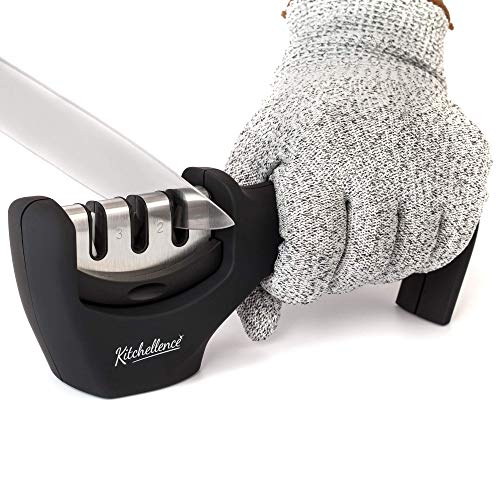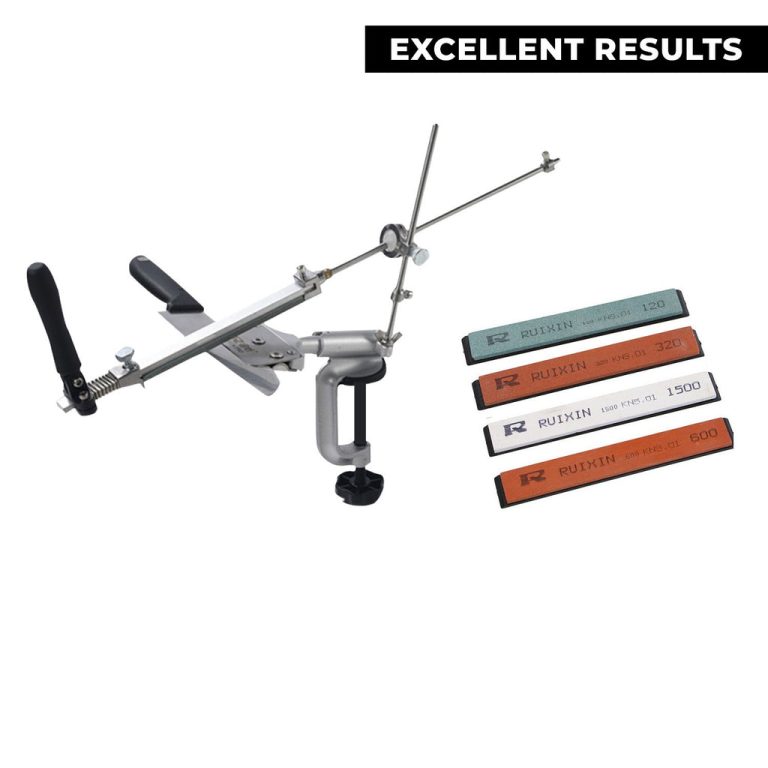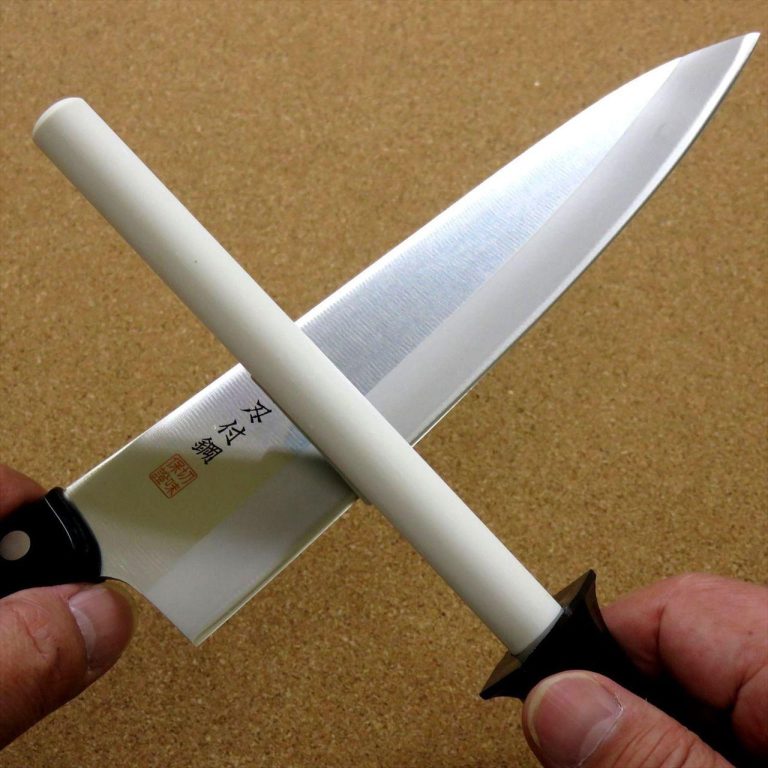Rolling Knife Sharpener Vs Whetstone: Which Is Best for You?
Choosing between a rolling knife sharpener and a whetstone can be tough. Each has its own advantages and unique features.
Comparing these two sharpening methods can help you decide which suits your needs best. Rolling knife sharpeners are convenient and easy to use. They often work quickly and require little skill. On the other hand, whetstones offer precision and control.
They can provide a sharper edge but need more practice and patience. Understanding the strengths and weaknesses of both can make your decision easier. Let’s dive into the details to see which one is right for you.
Rolling Knife Sharpener
The Rolling Knife Sharpener is a popular tool for keeping knives sharp. It is compact and user-friendly. Many people prefer it for its convenience and ease of use.
How It Works
The Rolling Knife Sharpener has a cylindrical design. You simply roll it over the edge of the knife. As you roll, the sharpener grinds the blade to a fine edge. It usually has two slots: coarse and fine. The coarse slot shapes the blade. The fine slot polishes it. This method ensures the blade is sharpened evenly.
Advantages
The Rolling Knife Sharpener is very easy to use. It does not require any special skills. It is faster than using a whetstone. It is also safer. You do not need to hold the knife at an angle. The design of the sharpener does this for you. It is compact and portable. You can store it in a drawer or take it with you on camping trips. It is also affordable. Many models are available at a low cost.
Disadvantages
The Rolling Knife Sharpener may not offer a very sharp edge. It is not as precise as a whetstone. It may also wear out faster. The abrasives in the sharpener can dull over time. Some users find it less effective on harder steel. It may not be suitable for high-end knives. The slots can also become clogged with metal shavings. Regular cleaning is necessary to maintain performance.
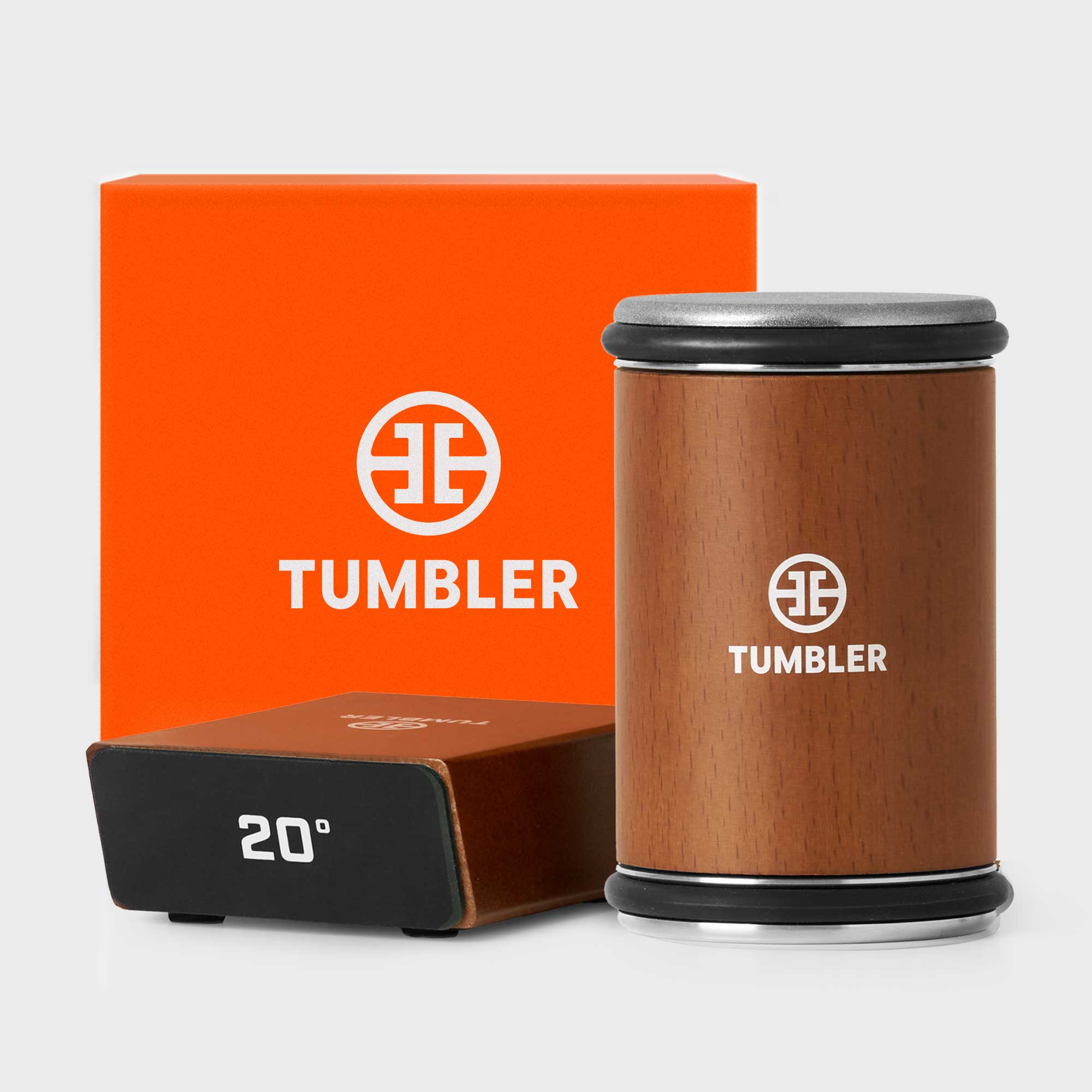
Credit: www.tumblerware.com
Whetstone
The whetstone is a traditional tool for sharpening knives. It has been used for centuries. This tool is known for its effectiveness and precision. It is a favorite among chefs and knife enthusiasts. With a whetstone, you can sharpen your knives to a razor-sharp edge.
How It Works
A whetstone sharpens knives through abrasion. You rub the blade against the stone. This action removes small amounts of metal. It creates a sharp edge. There are different grit levels. Coarse grits remove more metal. Fine grits provide a smooth finish.
To use a whetstone, soak it in water. Place it on a stable surface. Hold the knife at a consistent angle. Move the blade back and forth across the stone. Repeat on both sides of the blade. This process takes time. But it provides a very sharp edge.
Advantages
Whetstones offer precise control. You can sharpen different types of knives. They provide a very sharp edge. They are versatile. You can use them on other tools. Whetstones are long-lasting if maintained well.
Disadvantages
Using a whetstone requires skill. It takes practice to hold the right angle. The process is time-consuming. It is not as quick as other methods. Whetstones need maintenance. They need to be flattened regularly. They can be more expensive upfront.
Ease Of Use
Ease of Use is a crucial factor when choosing a knife sharpener. Some methods can be complicated, while others are straightforward. Let’s explore the ease of use between a rolling knife sharpener and a whetstone.
A rolling knife sharpener is designed for simplicity. Place your knife in the slot and roll the sharpener back and forth. This device usually has preset angles. No need to guess the correct angle. It is quick and effective. Many people find it easy to use, even without experience. This makes it popular for home kitchens.
A whetstone requires more skill and practice. First, soak the stone in water for 10-15 minutes. Then, hold the knife at the correct angle. Move the knife across the stone in a sweeping motion. Repeat on both sides of the blade. This process can be time-consuming. New users may struggle to maintain the right angle. Over time, it becomes easier with practice. A whetstone can achieve a very sharp edge.
| Feature | Rolling Knife Sharpener | Whetstone |
|---|---|---|
| Ease of Use | Very Easy | Requires Practice |
| Time Required | Quick | Time-Consuming |
| Skill Level | Beginner-Friendly | Intermediate to Advanced |
| Edge Sharpness | Good | Excellent |
Choosing the right sharpener depends on your needs and skills. A rolling knife sharpener is perfect for quick and easy sharpening. A whetstone is ideal for those willing to invest time and effort. Both have their unique benefits.
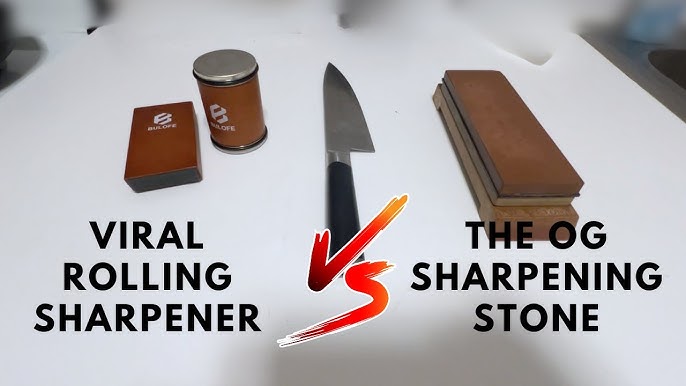
Credit: www.youtube.com
Sharpening Efficiency
Sharpening your knives efficiently saves time and effort. The right tool can make a big difference. Let’s compare two popular options: the rolling knife sharpener and the whetstone. We will look at their sharpening efficiency.
A rolling knife sharpener is easy to use. It has a simple design. You roll the knife through the sharpener. The sharpener has a set angle. This helps to maintain a consistent edge on your knife.
Pros:
- Easy to use
- Quick sharpening
- No skill required
Cons:
- Less precise
- May not sharpen all types of knives
- Can wear down blades quickly
| Aspect | Rolling Knife Sharpener |
|---|---|
| Ease of Use | Very Easy |
| Time Required | Quick |
| Precision | Low |
A whetstone, also known as a sharpening stone, offers more control. It requires some skill and practice. With a whetstone, you can sharpen your knife to the desired angle. This ensures a more precise edge.
Pros:
- High precision
- Can sharpen various types of knives
- Does not wear down blades quickly
Cons:
- Requires skill
- Time-consuming
- Maintenance needed
| Aspect | Whetstone |
|---|---|
| Ease of Use | Requires Skill |
| Time Required | More Time |
| Precision | High |
Both tools have their strengths and weaknesses. Choose based on your needs and skill level.
Cost Comparison
When deciding between a rolling knife sharpener and a whetstone, cost is a significant factor. Each option has its own set of expenses. This section breaks down the costs associated with both, helping you make an informed decision.
Initial Investment
The initial cost of a rolling knife sharpener varies. Basic models start around $20. High-end versions can reach up to $100. This wide range depends on brand and features.
Whetstones, on the other hand, usually start at $15. Premium stones can cost over $50. The price depends on grit quality and brand.
Long-term Costs
Rolling knife sharpeners are often less expensive over time. Replacement parts and occasional maintenance are minimal. You might need to replace the sharpening wheels after years of use.
Whetstones may require a flattening stone. This keeps the surface even, ensuring effective sharpening. Flattening stones cost around $20. You also need honing oil or water, which adds to the cost.
In the long run, both methods have costs. Rolling knife sharpeners have fewer recurring expenses. Whetstones require more maintenance and accessories.
Maintenance
Maintaining your knife sharpener is essential for long-term use and effectiveness. Both rolling knife sharpeners and whetstones have their own maintenance needs. Understanding these will help keep your tools in top shape.
Rolling knife sharpeners are user-friendly and require minimal maintenance. Regularly clean the surface with a damp cloth. This removes debris and keeps the rollers smooth. Ensure the rollers are dry before storing. This prevents rust and prolongs life. Some models have detachable parts. Check the manual for specific cleaning instructions. Regular lubrication of the rollers can also help maintain efficiency.
Whetstones need more care than rolling knife sharpeners. Before use, soak the whetstone in water for 10-15 minutes. This helps maintain its surface and improves sharpening. After use, rinse the whetstone thoroughly. Remove any metal particles or debris. Dry the stone completely before storage. This prevents mold and extends its lifespan. Store the whetstone in a cool, dry place. Avoid direct sunlight. Regularly flatten the surface with a lapping stone. This ensures an even sharpening surface.
Suitability For Different Knives
Choosing the right tool for sharpening your knives is crucial. Different knives may require different sharpening methods. Understanding the suitability of rolling knife sharpeners and whetstones for various knives helps in making an informed decision.
Rolling knife sharpeners are easy to use. They are perfect for beginners. They are suitable for most kitchen knives, including:
- Chef knives
- Paring knives
- Utility knives
These sharpeners are not ideal for high-quality knives. They may remove more metal than needed. This can reduce the lifespan of the knife. They are also not suitable for serrated knives. Rolling knife sharpeners are best for quick, everyday sharpening.
Whetstones offer more control and precision. They are suitable for almost all types of knives, such as:
- Chef knives
- Japanese knives
- Serrated knives
Using a whetstone requires practice. It is the best choice for high-quality knives. Whetstones can maintain the sharpness and edge of the blade. They are versatile and work for different knives and even tools.
Here is a comparison of the suitability of rolling knife sharpeners and whetstones:
| Type of Knife | Rolling Knife Sharpener | Whetstone |
|---|---|---|
| Chef Knives | Yes | Yes |
| Paring Knives | Yes | Yes |
| Serrated Knives | No | Yes |
| High-Quality Knives | No | Yes |
Both tools have their pros and cons. The choice depends on your needs and the types of knives you use.
User Experience
Choosing the right tool to sharpen your knives affects your overall experience. Let’s dive into the user experience of using a rolling knife sharpener versus a whetstone.
A rolling knife sharpener is simple to use. Its design allows for quick sharpening. Place the blade in the slot and roll the sharpener back and forth.
- Ease of Use: Very straightforward. No need for prior experience.
- Speed: Sharpening takes only a few minutes.
- Portability: Compact and easy to store.
Using a whetstone requires more skill and patience. It offers a traditional sharpening method. The process involves soaking the stone, then sliding the blade across it.
- Ease of Use: Requires practice to master. Not ideal for beginners.
- Speed: Takes longer compared to a rolling knife sharpener.
- Portability: Heavier and bulkier. Harder to store.
| Aspect | Rolling Knife Sharpener | Whetstone |
|---|---|---|
| Ease of Use | High | Low |
| Speed | Fast | Slow |
| Portability | Compact | Bulky |
Both tools have their pros and cons. Choose based on your needs and skill level.

Credit: www.youtube.com
Frequently Asked Questions
What Is A Rolling Knife Sharpener?
A rolling knife sharpener is a compact device. It uses rotating abrasive wheels to sharpen blades quickly.
How Does A Whetstone Work?
A whetstone sharpens knives by grinding and honing their edges. It requires water or oil for lubrication.
Which Is Easier To Use, Rolling Knife Sharpener Or Whetstone?
A rolling knife sharpener is easier to use. It requires less skill compared to a whetstone.
Can Whetstone Sharpen All Types Of Knives?
Yes, a whetstone can sharpen almost all types of knives. It works well with different blade materials.
Conclusion
Choosing between a rolling knife sharpener and a whetstone depends on your needs. A rolling knife sharpener is quick and easy. Perfect for busy kitchens. On the other hand, a whetstone offers more control. Ideal for those who enjoy the process.
Both tools can keep your knives sharp. Consider your time, skill, and preference. Either way, a sharp knife makes cooking safer and more enjoyable. So, pick the tool that suits you best. Happy sharpening!
